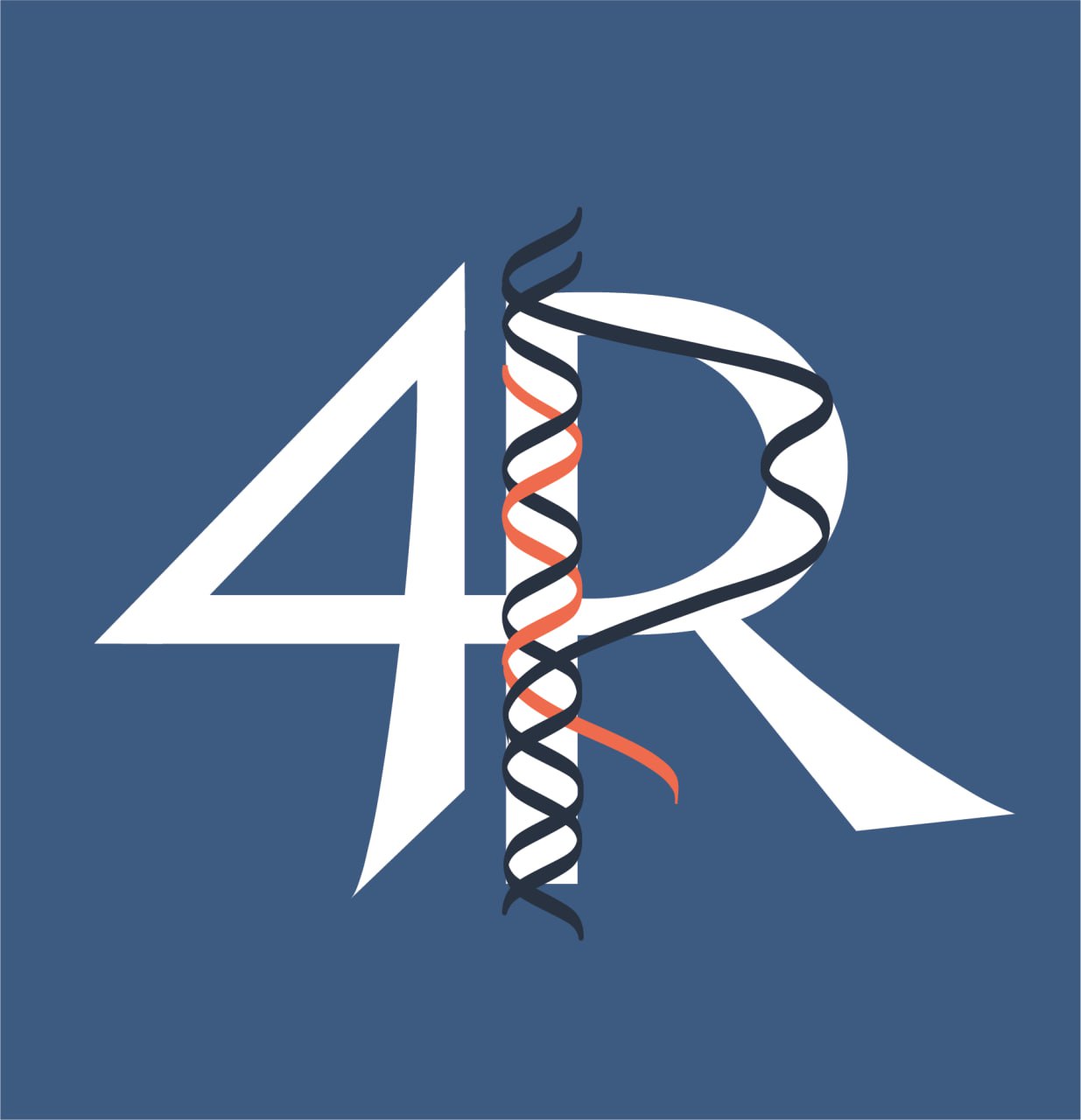Project 12. Regulation of alternative splicing by R-loop formation in plants.
Alternative precursor mRNA splicing (AS) generates transcript isoforms that can have distinct functions and represents a major means to diversify gene expression in higher eukaryotes. The mechanisms underlying AS regulation are versatile and, in many cases, the regulatory principles are still unknown. AS of the SEPALLATA3 gene in the model plant Arabidopsis thaliana was reported to be controlled via formation of an R-loop involving a circular RNA derived from the alternatively spliced cassette exon region. It was proposed that the R-loop may slow down transcription elongation, and thereby facilitate the association of the nascent mRNA with splicing regulatory proteins that can trigger exon skipping. However, additional studies are required to investigate the functional connection between R-loops and AS. Furthermore, it is currently unknown how widespread AS control by R-loop formation is. Publication of a genome-wide R-loop atlas based on ssDRIP-seq (single-strand DNA ligation-based library preparation from DNA:RNA hybrid immunoprecipitation followed by sequencing) analyses of A. thaliana samples covering various stages of development and the responses to diverse environmental stimuli revealed overall stable R-loop patterns under most conditions. Interestingly, striking differences in the formation of sense R-loops in gene bodies as well as antisense R-loops around transcription start sites were observed in the comparison of dark- versus light-grown seedlings. The availability of light has a major impact on seedling development, resulting in the alternative programs of skotomorphogenesis in darkness and photomorphogenesis in light. The developmental transition from dark to light growth is accompanied and triggered by an extensive re-programming of the transcriptome, including also numerous AS changes. Based on the widespread occurrence of light-dependent changes in R-loop formation and AS, the comparison of dark- and light-treated seedlings represents an interesting test system to further investigate the functional relationship between R-loops and splicing control. In the context of this consortium, we will address the following major questions:
- Are R-loops overrepresented in regions displaying light-dependent AS?
- Does light exposure of dark-grown seedlings as quickly alter R-loop formation as splicing patterns, testing the effects of both photosynthetically active white light and UV-B light that is also associated with genotoxicity?
- Do mutants with altered expression of the nuclear RNase RNH1A show changes in their light responses, considering R-loop formation, AS, and development?
Resolving these questions will also provide a basis to further study the mechanistic link between R-loops and AS at a later stage of the project.

To examine whether R-loops are overrepresented at regions that give rise to light-dependent AS variants, we will first compare the data sets from our previous AS studies and the publicly available R-loop atlas. We will focus on cassette exon events, given the precedence of R-loop formation for this AS event type in case of the SEPALLATA3 gene. For promising candidates, splicing patterns and R-loops will be independently examined using reverse transcription-quantitative PCR (RT-qPCR) and DNA:RNA immunoprecipitation (DRIP)-qPCR, respectively. We will also include regions with prominent changes in either AS or R-loop patterns, as we expect increased sensitivity of these targeted analyses compared to the previously used global profiling methods. For the available R-loop atlas, seedlings were grown continuously in darkness or light, while we are particularly interested in the early and dynamic changes of R-loops and AS upon light exposure of etiolated seedlings. We will perform global profiling of AS via RNA-seq and of R-loops, comparing the corresponding patterns in dark-grown seedlings and upon exposure to white light. Moreover, we will extend our analysis to UV-B light that triggers not only light signaling but also induces genotoxic stress. In this context, it will be particularly interesting to probe for ssDNA breaks that coincide with or are independent of R-loops. In a second line of research, we attempt manipulating R-loop formation by altering the expression of the nuclear RNH1A. This protein is encoded by the single gene AT3G01410 in A. thaliana and contains a hybrid binding domain and an RNase H domain suggesting it should be capable of resolving R-loops. We will aim at generating knockout/knockdown mutants using CRISPR/Cas9 as well as inducible overexpression lines. We will examine whether R-loop formation as well as light-dependent AS and development is altered in the mutants compared to wild type seedlings.
